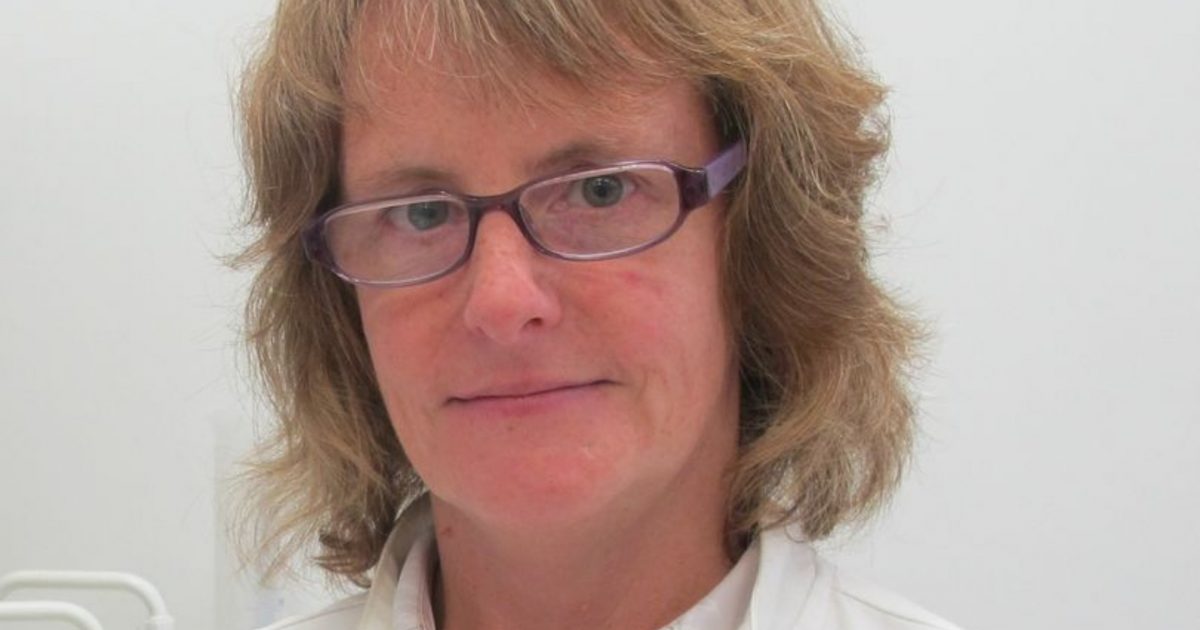How To Protect Yourself From Skin Cancer This Summer
- In 2004, Dr. Elaine Willmore first noticed the itchy mole on her upper arm. Once she got it checked out, she discovered it was melanoma, a form of skin cancer.
- After surgery, Willmore was declared cancer-free. Now, she’s offering advice on how to protect yourself from developing skin cancer.
- Just a few simple steps like regularly using sunscreen, staying in the shade and covering skin when out in the sun can substantially reduce the risk of developing skin cancer.
Dr. Elaine Willmore, now 58, was treated for melanoma in 2004. She had first noticed a mole on her upper arm that had started to itch. She took quick action, seeking help immediately, which she said played a big role in keeping the cancer from spreading.
Read MoreHow To Prevent Skin Cancers Like Melanoma
Almost 100,000 cases of melanoma are expected to be diagnosed in the U.S. this year, but the cancer is highly treatable, especially when caught early. But the best form of treatment is prevention and many cases of melanoma could be avoided by taking just a few simple steps.
Dr. Dendy Engelman, a board-certified dermatologic surgeon and associate at Manhattan Dermatology and Cosmetic Surgery, previously told SurvivorNet that protecting your skin is easy with these simple measures:
- Sun avoidance during peak hours: This means from 10 a.m. to 2 p.m. It doesn't mean you should never go outside during the middle of the day, but make sure you're protected when you go outdoors.
- Cover your skin and eyes: Wearing a wide brim hat or sunglasses will protect your face, the top of your head, your ears and the delicate skin around your eyes.
- Wear an SPF of 30 or higher: Plenty of facial moisturizers have SPF built into them. Dr. Engelman recommends reapplying every few hours, or after excessive sweating or swimming.
- Get an annual skin check: If you happen to notice anything out of the ordinary in between checks (like the signs outlined in this article), schedule an appointment to talk to your doctor as soon as possible.
- No-go to tanning beds: Tanning beds can significantly increase your risk of developing melanoma. If you feel like you're just too pale, Dr. Engelman recommends a sunless tanner.
Top Five Ways To Protect Yourself From Skin Cancer
Be Wary Of Sunburns To Avoid Skin Cancer
“I remember being very scared when I was diagnosed. Now, looking back, it's very positive because I did the right thing and the surgery was very successful," Willmore said.
Today, Willmore is the senior research associate at the Cancer Research UK Drug Discovery Unit at Newcastle University, working to find safer, more patient-friendly cancer treatments. She said that while sunburns might not seem serious at first, their effects can be felt later in life.
“Sometimes it takes a long time for the changes to start to turn into cancer," she said. "What I try to do is to reduce the risks. The best advice for everybody is to spend time in the shade, cover up and to use sunscreen and if you really do want to have a little bit of a glow use fake tan.”
She also urged people who are wary of the sun not to fall for the misconception that tanning beds are a safe way to get a tan.
“Sunbeds are very dangerous with UV rays just like the ones that come from the sun. It might not make you burn and peel but it causes very long-lasting damage," she said.
Willmore hopes that her experience with melanoma will inspire others to take action if they notice changes on their own skin.
“It's the same for any cancer by knowing your body and what it's like normally, you know when something's not right. Your GP isn't going to be angry that you're wasting their time," she said.
Atypical Moles Don’t Necessarily Mean You Have Cancer
Learn more about SurvivorNet's rigorous medical review process.


